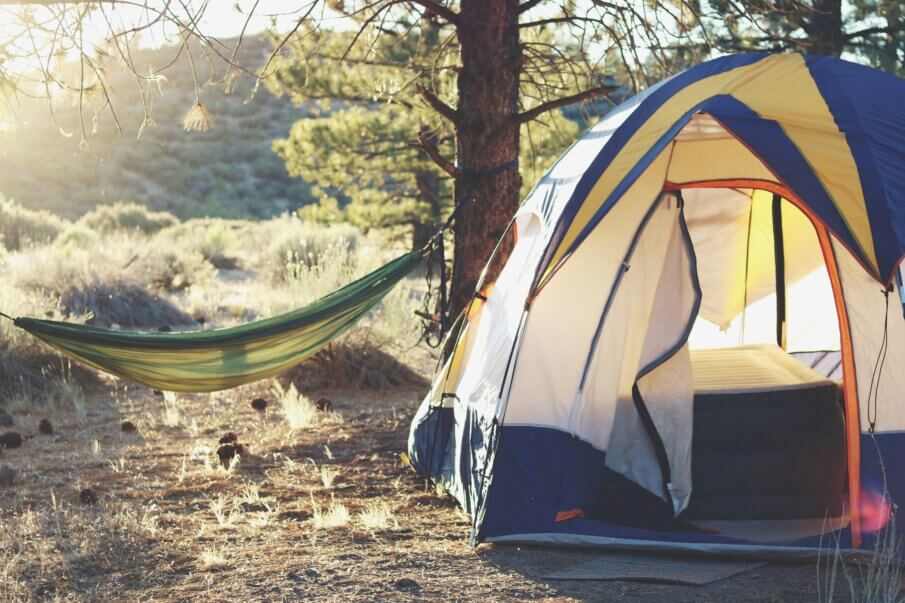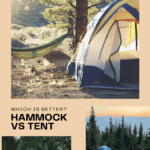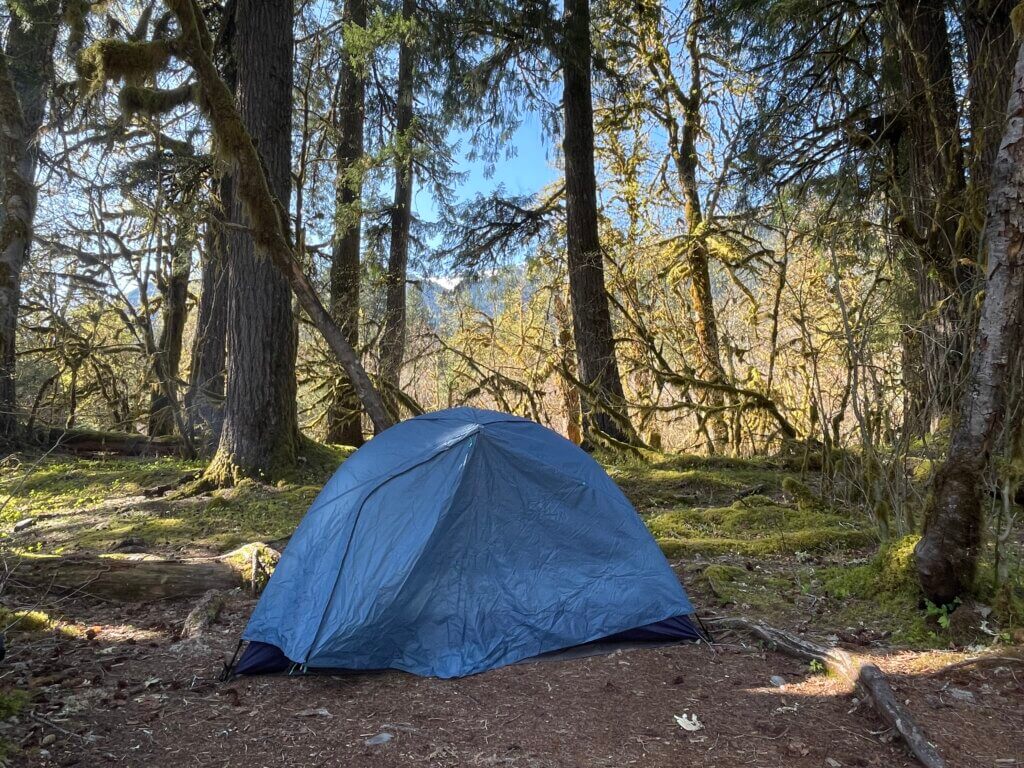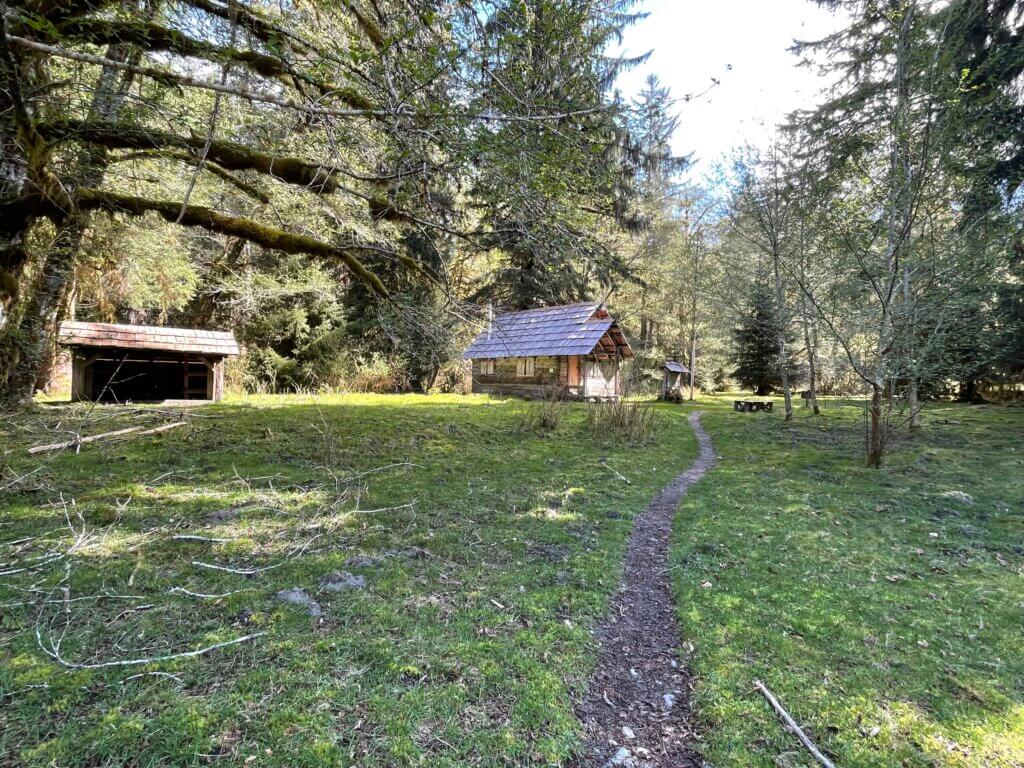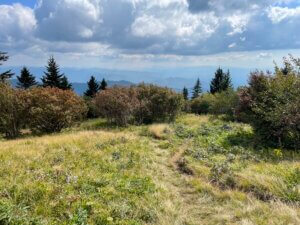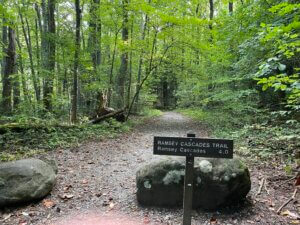*This post contains affiliate links, if you click a link I make a small commission and you help support the blog
There are lots of options out there for different sleep systems and styles of sleeping in the wilderness, but is one better than the other? Previously, I discussed backcountry camping vs car camping, but this post is going to focus on hammocks vs tents.
What it comes down to in the end is personal preference and the environment in which you will be camping. Lets break down what each are and the pros and cons of hammock camping vs tent camping.
Backpacking hammock
There are lots of great reasons to bring a hammock on your backpacking trip instead of a tent. Not only does it provide a unique experience, it is generally more light weight and great to have when there is rocky ground. It is also perfect for those warm, dry summer months. There is nothing better than hanging up a hammock on a warm evening and having a cool breeze of fresh air on your face while you sleep.
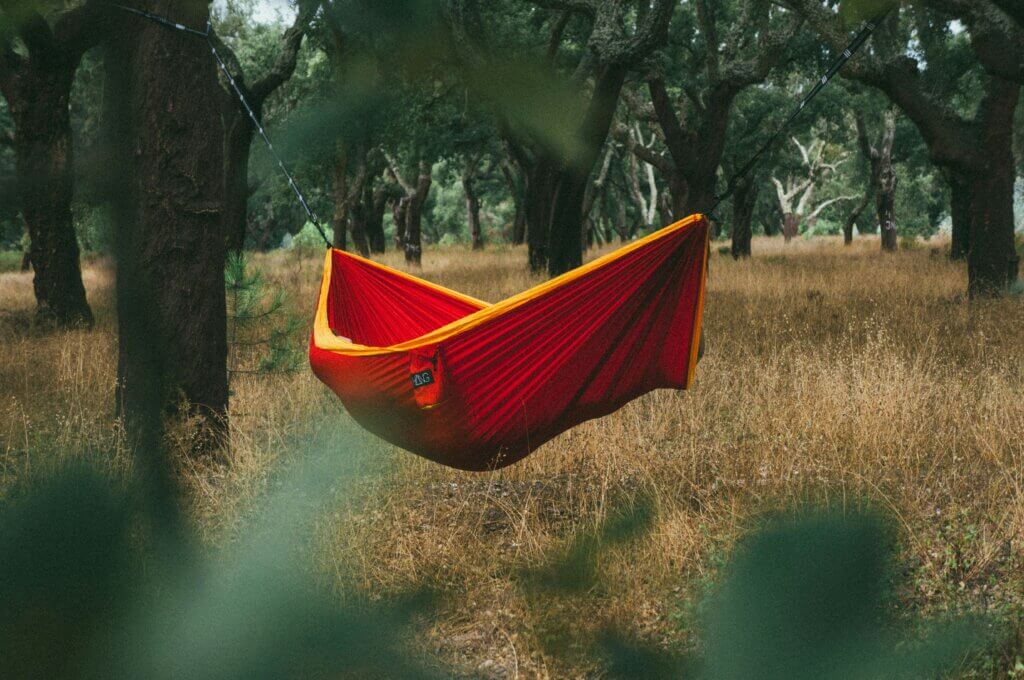
Sleeping in a hammock, however, does take some getting used to. The comfort of a hammock is not the same as the comfort of a tent. It is a bit more limiting in how you can sleep. Rolling around takes some practice and if you are the type who likes to sleep on their stomach, this might not be the easiest option, though it is possible once you get used to it.
One of the biggest cons is the need for suitable trees. If you are not sure what kind of terrain you will encounter, this may make hammock camping more of a challenge. More often than not you will find even ground somewhere for a tent, whereas you might find it more challenging to find two healthy, sturdy trees, that are an appropriate width apart for your hammock setup.
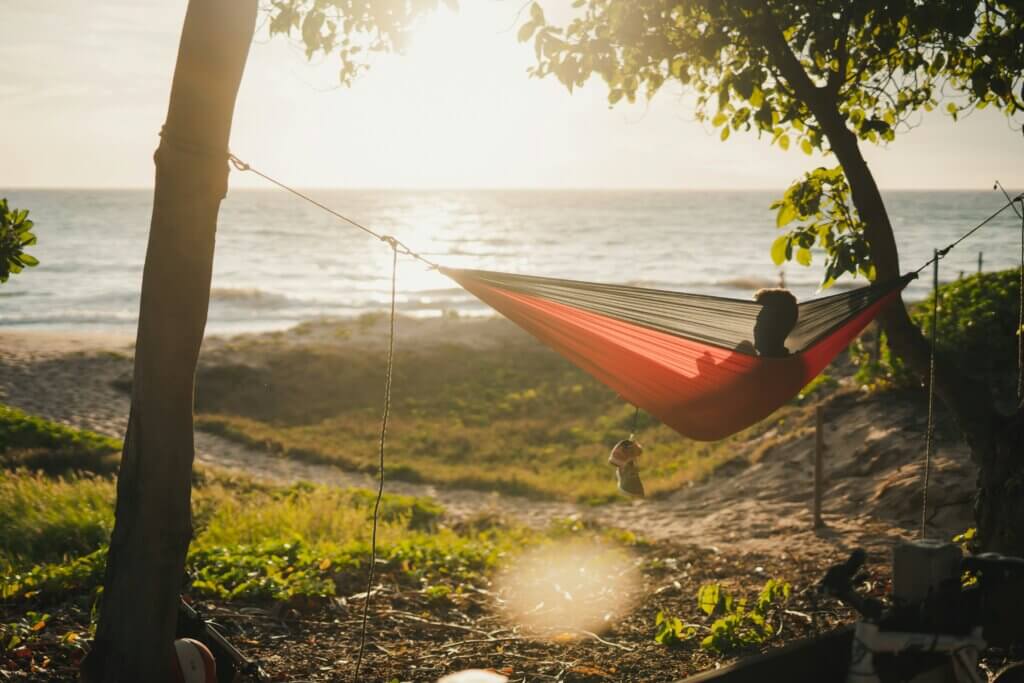
Pro tip: Watch out for “widow-maker” trees, these are dead trees that are still standing. They could easily fall at any moment and you should never set up camp underneath them (hammock or tent).
One of the biggest considerations is the gear you will need. It is slightly different than with tent camping but not entirely. It depends on the hammock and your sleep system preference. In general, you don’t need a sleeping pad, though you can often fit an inflatable sleeping pad in a hammock for added comfort and warmth. I do recommend some sort of sleeping pad because, even though you are off the ground the thin lining of the hammock does get cold at night.
Must have gear:
- bug net (trust me on this, you won’t regret it)
- hammock straps
- top quilt or sleeping bag (though they are a bit more challenging to maneuver in when sleeping in a hammock)
- good hammock (a cheap hammock may breakdown on you and you may not be able to get a comfortable night’s sleep)
- a rain fly that you can set up over your hammock
Finally, in my opinion, hammock camping causes less of an impact on the surrounding area protecting plant life because you are up in the air vs having a tent that is taking up a footprint on the ground, crushing vegetation.
A word on hammock tents
The best of both worlds, is having a tent that is also a hammock. The main benefit being you are less exposed to the elements because you are fully enclosed and therefore often warmer.
They are also off the ground, so a heavy rainstorm with water rushing into your tent is not a concern and you don’t have to worry about finding a spot on rocky ground. Heavy winds, however, are still a concern. You also won’t need a bug net, thanks to the typical tent style.
Tent Camping
The benefits of tent camping are better protection from the wind and elements than a hammock and you often have a good night’s sleep. It does, however, require an inflatable pad and sleeping bag or camping quilt to stay warm and get you a little off the ground, making it a better choice in cold weather.
The tent setup can be a bit more challenging, depending on the tent and the craziness of the tent poles (my REI half dome is super simple to set up and take down and I highly recommend it).
It is also extra weight in your pack, being generally heavier than a hammock in most cases. You also need an area of level ground to set up on and to have a rain fly in the event of wet weather. If you are a side sleeper, it is easier to sleep in a tent than a hammock because no concern of rolling out.
For both, you need to consider the ease of setup and the terrain you plan to hike through. Open areas are not good for hammocks and heavy winds can be hard on tents. Overall, there isn’t really one best option that covers all situations and you should always have a backup plan, especially if you plan to hammock camp, such as bringing a bivy sack when there are no trees so you can sleep dry on the ground. This is also good to have if your tent is destroyed by heavy winds (Patagonia anyone?).
Bivy sack: for those that don’t know what this is, it is like an outer shell that your sleeping bag goes into that is water proof.
Concluding thoughts
No matter what type of camping trip or camping experience you hope to have, picking the right gear can make or break a trip. But also choosing a sleeping system that provides the best experience, whether its a bivy sack allowing you to sleep cozy under the stars, a hammock that allows you to enjoy the fresh air but protected from the bugs and the cold ground, or a tent that creates a cozy shelter out of the elements, there is no wrong choice.
And always make sure to check the rules for the area you plan to visit as camping may not be permitted in certain areas.
Which do you prefer? Leave a comment below and why.
